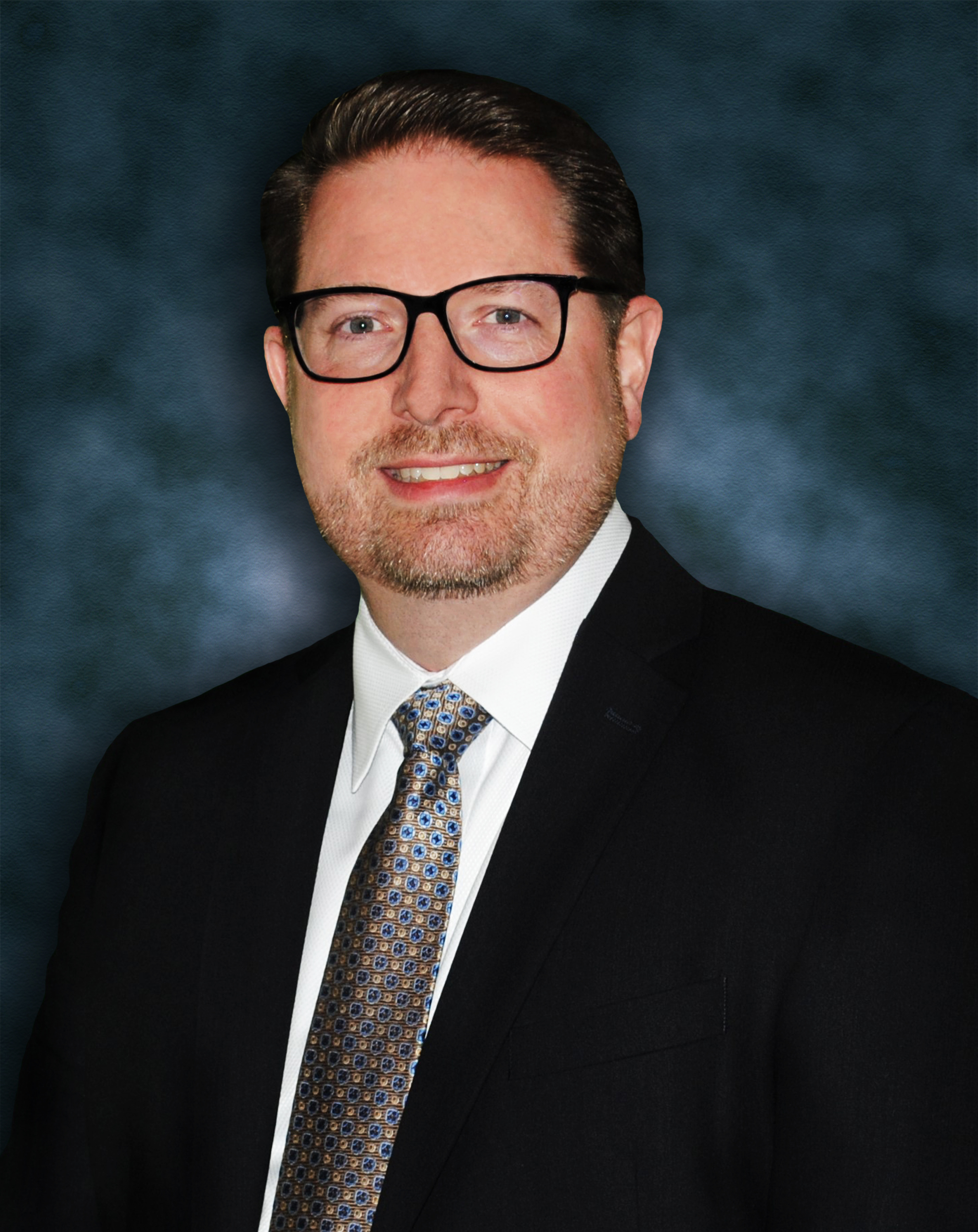Service performed at: Lennon Road-Flint
Most blame aging as the cause of back pain. But for more than 700,000 people, the true causes of back pain are vertebral compression fractures (VCFs) due to osteoporosis.
Osteoporosis, meaning “porous bone”, is a gradual disease that weakens bones, often leading to vertebral compression fractures (VCFs). Such fractures can cause chronic pain, loss of height, Dowager’s Hump, and more — leading to a downward spiral in quality of life.
Patients with osteoporosis are prone to compression fractures in the spine bones, or vertebrae. More than 700,000 such fractures occur every year in the United States. Patients with this condition are subject to debilitating pain, disturbed sleep, decreased lung and intestinal function, and difficulty completing routine activities. According to a recent report, data shows that “osteoporotic fractures are responsible for more hospitalizations than heart attacks, strokes, and breast cancer combined”.
Read more: Brutal Toll of Osteoporotic Fractures Revealed in New Report
Vertebroplasty and Kyphoplasty
This is an outpatient procedure performed in an interventional radiology suite and usually takes about 1 hour. Vertebroplasty involves injecting a compound (the consistency is similar to toothpaste) into the small holes in your weakened vertebrae to strengthen the bones. The compound usually hardens within 20 minutes.
Kyphoplasty is similar, except a balloon is first inserted into the fractured vertebra, and inflated to push the bone back into its normal shape. The balloon is removed, and the compound mentioned above is inserted.
Further Details About Kyphoplasty
Standard therapy for VCFs includes bed rest, pain medication, muscle relaxants, external back braces, and physical therapy. If there is little to no pain relief, your doctor may recommend vertebral augmentation, also known as kyphoplasty. This minimally invasive procedure is performed on an outpatient basis and usually requires a local anesthetic and mild sedation, eliminating many of the complications resulting from open surgery.
For many patients, kyphoplasty is covered by Medicare and most private insurers. Kyphoplasty allows you to resume many of the physical activities that you love. Best of all, it alleviates pain in approximately 90 percent of patients.
View this video about kyphoplasty.
What to Expect with Vertebral Augmentation
Before your procedure your doctor will give you a physical exam and imaging tests to determine the location of fractured vertebrae when the fractures happened, and if kyphoplasty is right for you.
During your procedure, kyphoplasty is performed under sedation with a local anesthetic. Using X-ray guidance, a needle is inserted into the fractured vertebra through a small incision. When the needle is correctly aligned, specially formulated bone cement is injected into the fractured vertebra, creating an internal cast that stabilizes the bone. The needle is then removed and the incision is covered with a steri-strip.
After the procedure, you’ll lie on your back for a short time while the cement hardens. Your vital signs will be monitored. Typically, you’ll be able to go home within 1-2 hours after treatment.
Pain Reduction
Most RMI patients undergoing kyphoplasty experience a significant reduction in pain within a few days and an increased ability to perform daily activities afterwards. Potential benefits of vertebral augmentation:
- Rapid and sustained pain relief
- Increased mobility
- Improved quality of life
- Low complication rate
Preparing
You will have a clinical evaluation including diagnostic imaging, a blood test, a physical exam, and other forms of diagnosis to confirm the presence of a compression fracture. To prepare:
- Report all medicines you are taking. You may be advised to stop taking aspirin or other painkillers for a specific period of time before the procedure.
- Women should always inform their physician and tech if there is a possibility they are pregnant.
- On exam day, you may be able to take your usual meds with sips of water. Avoid orange juice, cream, and milk.
- You should have a friend or relative prepared to drive you home after the procedure.
- A gown is provided to wear during the procedure.
- The technicians and radiologists will provide additional information prior to start.
After the Procedure
- You may not drive after the procedure.
- Bed rest is recommended for 24 hours.
- Avoid strenuous exertion for at least six weeks.
- Back pain relief may be immediate for some patients, for others it may take two days.
- For a few days, you may feel sore at the point of needle insertion. Use an ice pack for 15 minutes per hour.
